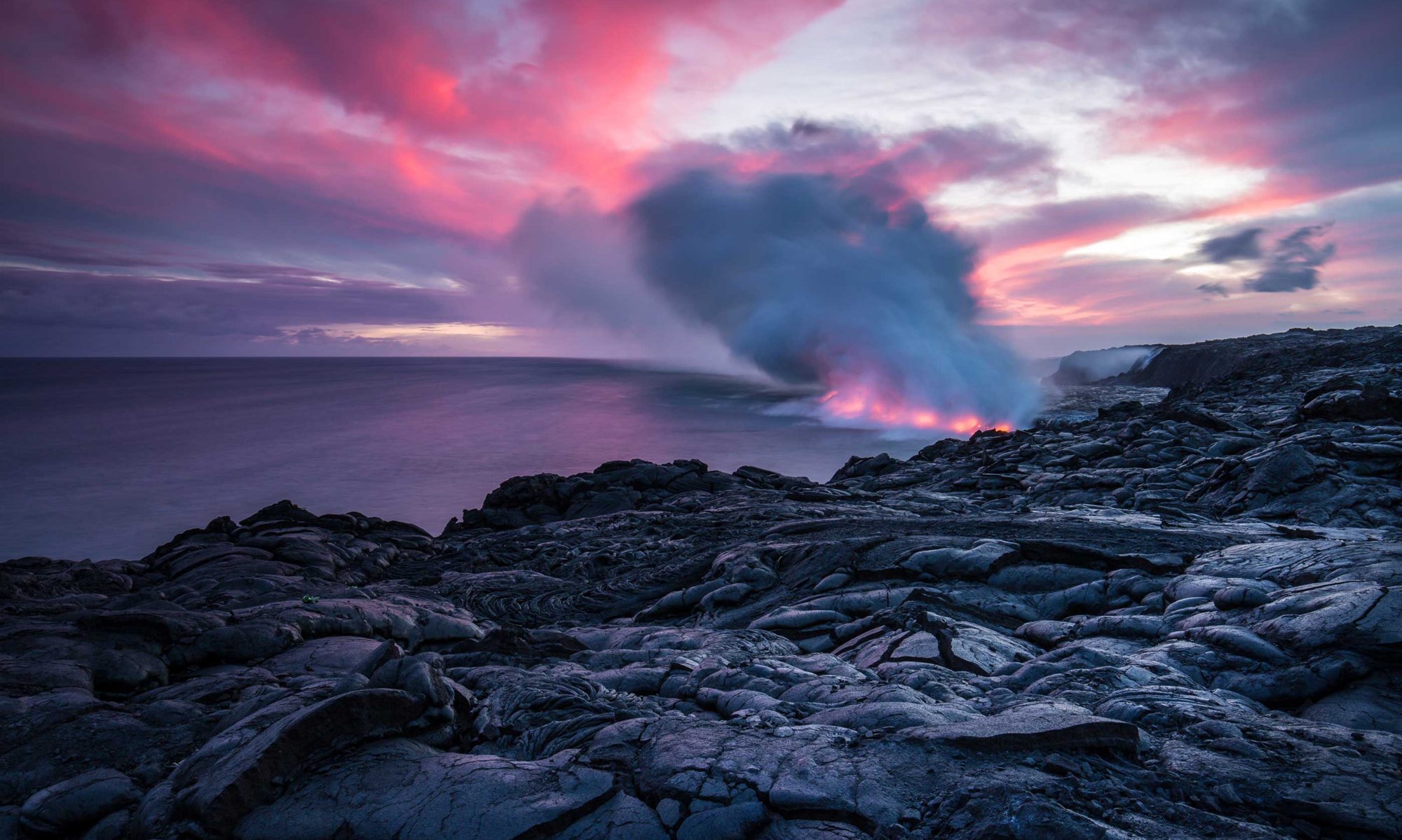Minimal improvements to agricultural soils around the world would store enough carbon to keep the world within 1.5C of global heating, a new study suggests.
Continue reading “Improving soil to keep 1.5C target”Global ecosystems risk collapse
Across the planet, rainforests are becoming savanna or farmland, savanna is drying out and turning into desert, and icy landscapes are thawing. Scientists have now recorded “regime shifts” like these in more than 20 different types of ecosystems where tipping points have been passed.
Continue reading “Global ecosystems risk collapse”Gravity hole in the Indian Ocean
The region of the Earth with the lowest relative gravity is located just south of India in the Indian Ocean. This gravity “hole” may be the result of low-density plumes of magma disturbed by the sinking slabs of a former tectonic plate.
Continue reading “Gravity hole in the Indian Ocean”NASA to identify phytoplankton from space
Phytoplankton are responsible for producing the oxygen we breathe as well as soaking up the carbon we emit and feeding the fish we eat. They are a crucial part of ocean ecosystems and essential to life as we know it on Earth. NASA is launching a new satellite in early 2024 to study these aquatic organisms.
Continue reading “NASA to identify phytoplankton from space”Effect of volcanic eruptions in climate projections
New research shows that the cooling effect that volcanic eruptions have on Earth’s surface temperature is likely underestimated by a factor of two, and potentially as much as a factor of four, in standard climate projections.
Continue reading “Effect of volcanic eruptions in climate projections”Climate change and underground carbon stocks
Subsoils are the greatest storehouses for carbon, as well as one of the most important sources of carbon dioxide in the atmosphere. Global warming is speeding up the decomposition of soil humus. It is also having an effect on the waxy compounds which help plants store carbon in their leaves according to a new study.
Continue reading “Climate change and underground carbon stocks”Boreal forests contracting
The vast northern forests of Canada and Alaska are moving northwards as a result of climate change. Also, the shift is faster at the southern boreal boundaries than the northern ones. The discrepancy indicates that boreal forests are contracting on a continental scale, according to a new study. The team used 20 years of satellite data.
Continue reading “Boreal forests contracting”Fungi absorb mass amounts of carbon
Mycorrhizal fungi live in cooperation with plants, offering nutrients, water and protection from pests in exchange for carbon-rich sugars. New research shows that this single group of fungi may be playing a bigger role in storing carbon than we thought.
Continue reading “Fungi absorb mass amounts of carbon”Wildfires and forest carbon uptake
It’s not even summer yet, but 2023 is set to be the worst wildfire year in recent memory. As of June 5, wildfires in Canada have destroyed 3.3 million hectares of land, including 2.2 million hectares of managed forest land, according to Werner Kurz, a senior scientist with the Canadian Forest Service.
Continue reading “Wildfires and forest carbon uptake”Tree diversity and climate change
Planting trees is often a go-to action for benefiting the planet, but it turns out that it really matters what types of trees you plant – and where. Tree diversity, or the amount and distribution of tree species in a forested area, is very important for things like growth, biodiversity and building resilience to the effects of climate change.
Continue reading “Tree diversity and climate change”
